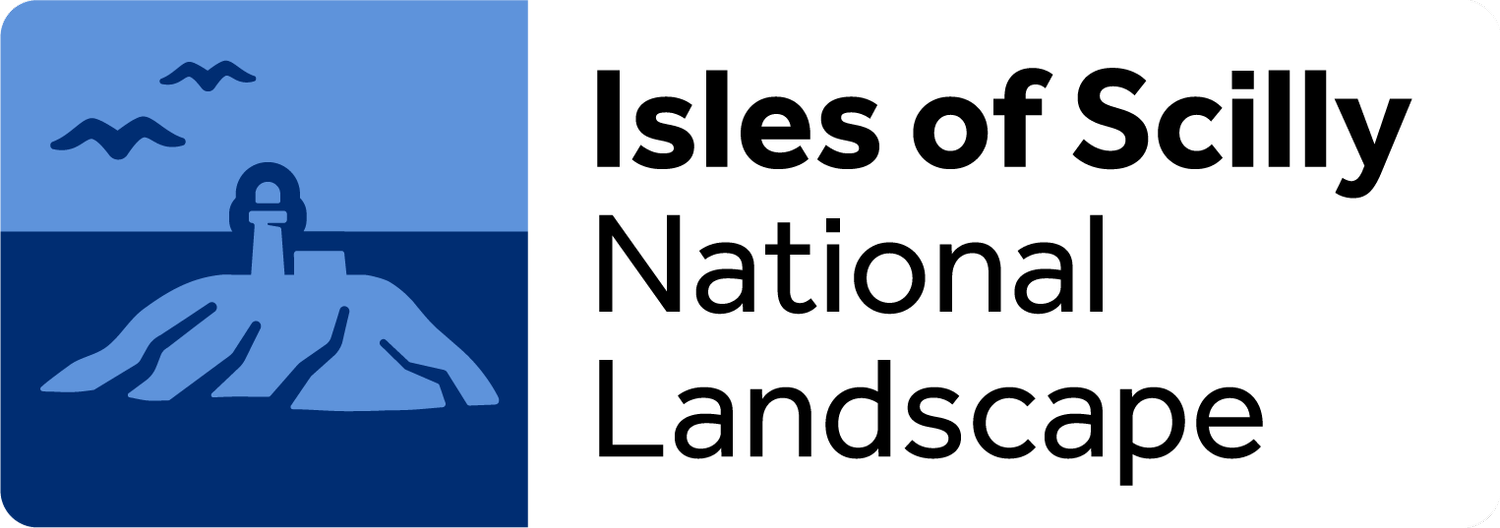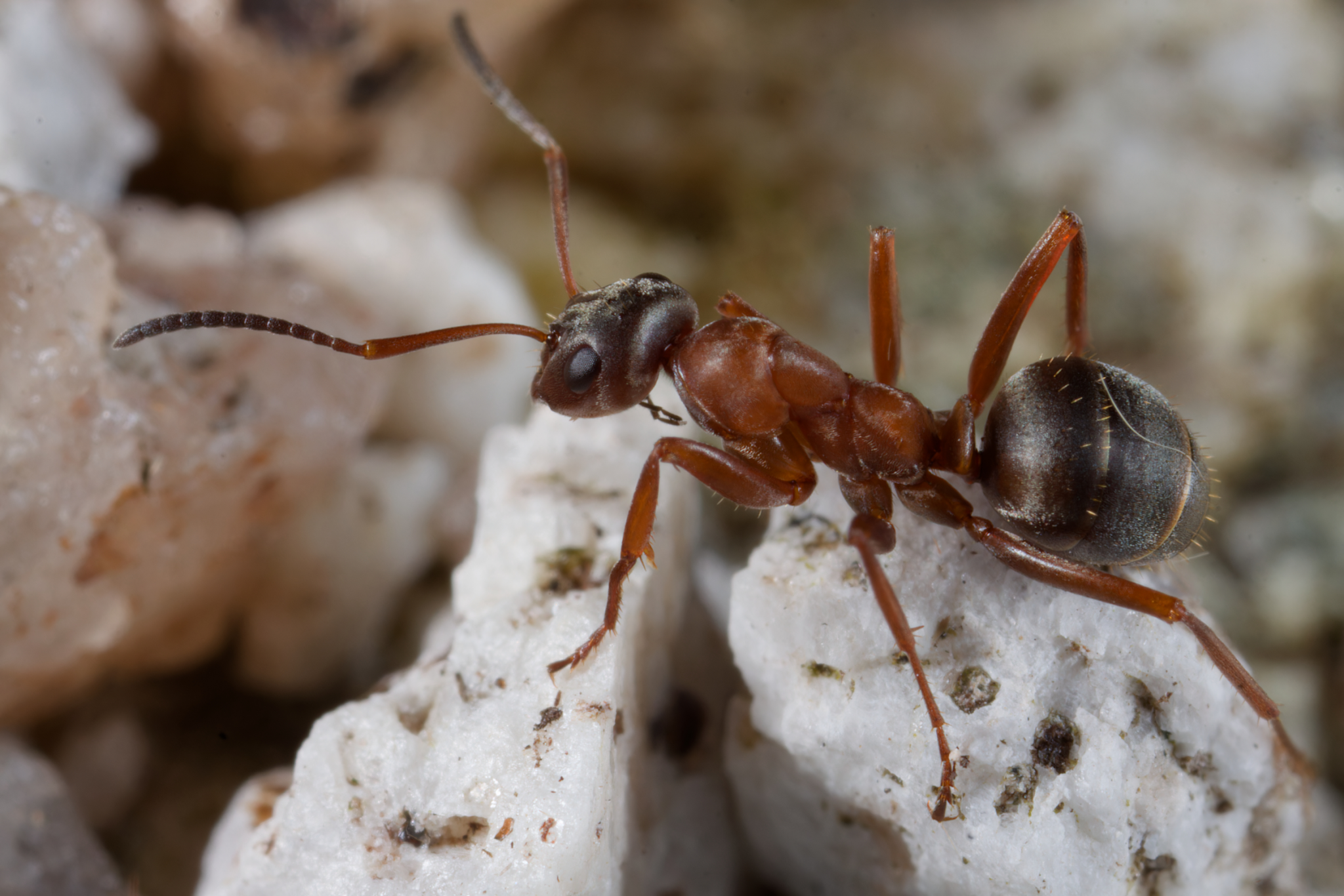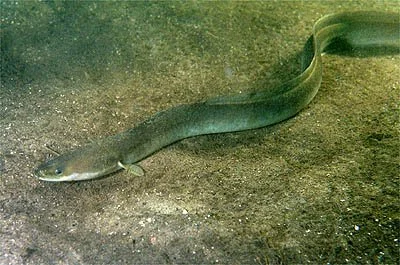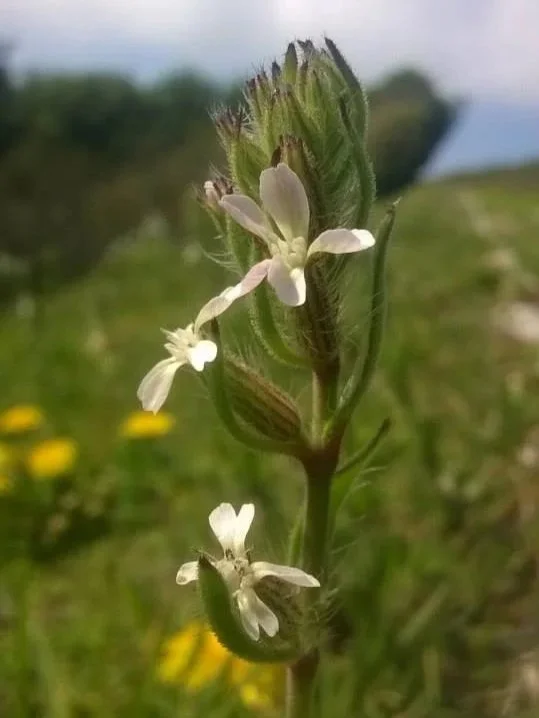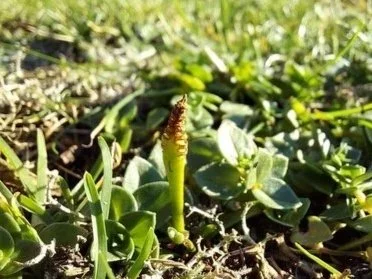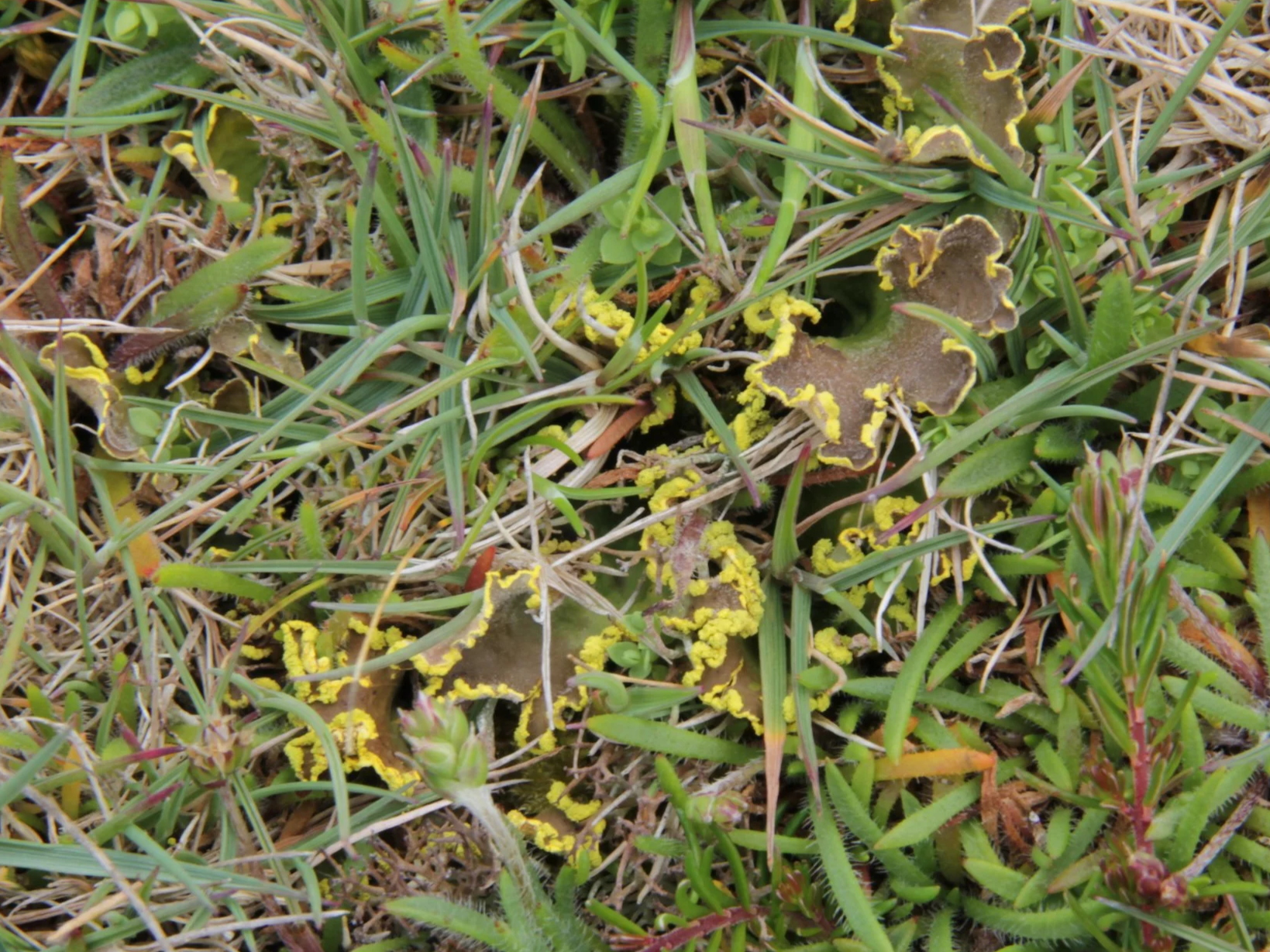Rare wildlife
The Isles of Scilly National Landscape fosters some of the most unique and important wildlife in the UK.
Ringed plover: Jonty Ward
In 2019, a conference in Colchester resolved that everything possible must be done to increase the scale and pace of nature conservation activity across National Landscapes.
In response to this Declaration on Nature, the Isles of Scilly National Landscape Partnership has adopted a suite of threatened species for which Scilly is particularly important.
The Isles of Scilly National Landscape Partnership, and the individual organisations represented across it, are acting to tackle the threats faced by these species. We have chosen seven Colchester Declaration species for the Isles of Scilly National Landscape:
Red-barbed ant
Formica rufibarbis
Red-barbed ant: Bill Urwin
Also known as the St Martin’s ant, the red-barbed ant is incredibly rare and only found in one other location in the UK, in Surrey.
Living around heathland and grassland mosaics, red-barbed ants can be found on St Martin’s and a number of surrounding islands.
Grey seal
Halichoerus grypus
Grey seal: Ed Marshall
Across the southwest of England, Scilly is recognised as being regionally important for grey seals. The islands are responsible for 60% of all grey seal pups born annually in the southwest.
Seals can be observed in the waters around Scilly, and are one of the most characteristic species, being a key feature of Scilly’s natural and cultural heritage.
Manx shearwater
Puffinus puffinus
Manx shearwater: Ed Marshall
Manx shearwater visit Scilly in the summer months to nest in burrows in the ground and feed out to sea. The breeding population in the UK, and on the Isles of Scilly, is internationally significant.
Remarkable population increases of nesting Manx shearwater have been observed on St Agnes & Gugh following the Seabird Recovery Project which removed invasive brown rats.
European eel
Anguilla anguilla
European eel: GerardM, CC BY-SA 3.0
European eel are critically endangered fish which swim thousands of miles to the Sargasso Sea to breed. They live in various life stages including glass eels, yellow eels and silver eels.
The European eel population on the Isles of Scilly is poorly understood, but they exist in the freshwater and brackish pools on St Mary’s, St Agnes, Bryher and Tresco, moving through channels and outflow pipes.
Small-flowered catchfly
Silene gallica
Small-flowered catchfly
Once prevalent across southern England, the small-flowered catchfly is an annual plant found in arable fields and old walls.
The Isles of Scilly, along with the Channel Islands, are now a stronghold for this species, likely due to less intensive methods of farming which has contributed to its decline elsewhere.
Least adder’s-tongue fern
Ophioglossum lusitanicum
Least adder’s tongue fern
The least adder’s-tongue fern is a minuscule plant that can be found only on Wingletang Down, St Agnes, during the autumn and winter months.
First identified on Scilly in 1950, this small fern is not found anywhere else in the UK due to the milder winters found on Scilly. Its nearest other location is Guernsey.
Gilt-edged lichen
Pseudocyphellaria aurata
Gild-edged lichen: Jonathan Smith
The gilt-edged lichen is characterised by its large size and distinctive golden-yellow edge.
This organism was once widespread across Scilly in the 19th century, but was thought to be extinct from both Scilly and the mainland after 1967. It was rediscovered in 2001, and now exists across three sites on White Island and St Martin’s.
We are acting on many other species and habitats too, with the Partnership also being the local hub for the development of the Cornwall & Isles of Scilly Nature Recovery Strategy up to its publication in 2025. However, our seven Colchester Declaration species are amongst our most important, and a great reflection of the depth and diversity of the fragile natural heritage of the Isles of Scilly.
The Isles of Scilly Wildlife Trust is the main conservation body in Scilly, looking after 23 of the Sites of Special Scientific Interest (SSSI) around the islands. Tresco Island and Trinity House look after the remaining SSSIs. The Isles of Scilly National Landscape Partnership coordinates conservation work, involving everyone with an influence locally, as well as benefitting from the involvement of organisations such as Natural England.
In addition to 26 SSSIs, the Isles of Scilly has many other designations which aim to help protect our internationally-important wildlife, including 11 Marine Conservation Zones (MCZs), a Special Area of Conservation (SAC) for species such as grey seals, a Special Protection Area (SPA) for seabirds, and a Ramsar site. Additionally, Plantlife has also designated certain areas of Scilly as an Important Plant Area (IPA).
You can view these designations on the dashboard below:
